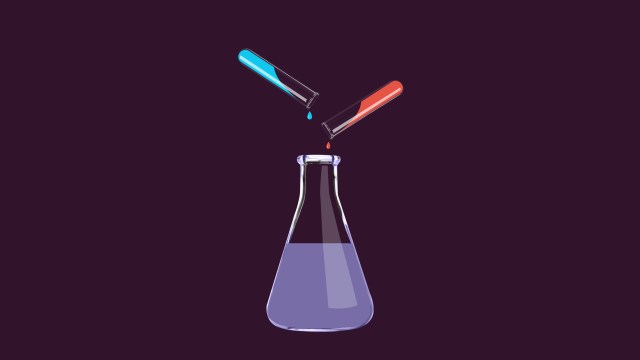How fear gets “stuck” in the brain

- Researchers in Sweden have identified an epigenetic mechanism that seems to explain why fear memories tend to become over-concentrated in certain circuits in the brain.
- By “knocking down” the activity of a certain gene in rats, the researchers found that the rodents experienced an abnormally long-lasting conditioned fear response, such that their fear memories took longer to extinguish than control animals.
- The findings may help explain why anxiety disorders are often associated with excessive alcohol use.
Fear can save your life. It can also make you miserable. Whereas a normal fear response may compel us to escape from a life-threatening situation, an exaggerated one is a hallmark of anxiety disorders.
We know that fear and anxiety involve brain circuits connecting the prefrontal cortex and the amygdala. Now, researchers in Sweden have identified an epigenetic mechanism for over-consolidating fear memories in these circuits.
Researchers at Linköping University had previously shown that alcohol dependence in rodents reduces levels of a protein called PRDM2, and that this down-regulation is associated with an increased stress response. PRDM2 is enriched in the dorsomedial prefrontal cortex (dmPFC), where it silences genes by chemically modifying them, and mice with lower levels of the protein in that region are more prone to stress-induced alcohol seeking.
The researchers therefore reasoned that reduced PRDM2 levels in dmPFC might contribute to pathological fear by altering gene expression changes in the brain.
Extinguishing fear memories
For this new study, the researchers “knocked down” activity of the PRDM2 gene in rats’ dmPFC, using a genetically engineered virus containing RNA that inhibits protein synthesis. They then tested the animals’ fear responses by placing them in cages that deliver mild electric shocks to their feet.
The animals quickly learned to associate the electrical shocks with sounds they hear while receiving the shocks. Later, they exhibited fear when they heard the sounds alone. If, however, they repeatedly hear the sounds without receiving shocks, the fear memory eventually fades away.
PRDM2 knockdown did not affect how the animals learned fearful memories, but rather produced an abnormal, long-lasting conditioned fear response, such that their fear memories took longer to extinguish than control animals. The genetic manipulation did not affect other anxiety-related behaviors.
Another set of experiments further revealed that the exaggerated fear response is mediated by dmPFC neurons that send fibers to the amygdala. One consequence of PRDM2 knockdown was increased release of the excitatory neurotransmitter glutamate in the amygdala, which increased the activity of amygdala cells in response to the sounds the animals had learned to associate with the electric shocks.
RNA sequencing showed that PRDM2 knockdown modulated the expression of more than 3,600 genes in these cells, many of which are involved in neurochemical transmission, or have previously been implicated in anxiety, emotion, fear conditioning, and memory.
Numerous animal studies show that PFC-amygdala circuits are important for regulating the fear response, and brain scanning shows an increase in functional connectivity between these regions while healthy people process threats.
This study identifies some of the molecular mechanisms within this pathway. Decreased PRDM2 expression in the dmPFC appears to increase synaptic responses in the amygdala in response to stress, and this may contribute to an enduring and pathological fear response. The findings also help reveal why anxiety disorders are often associated with excessive alcohol use.




